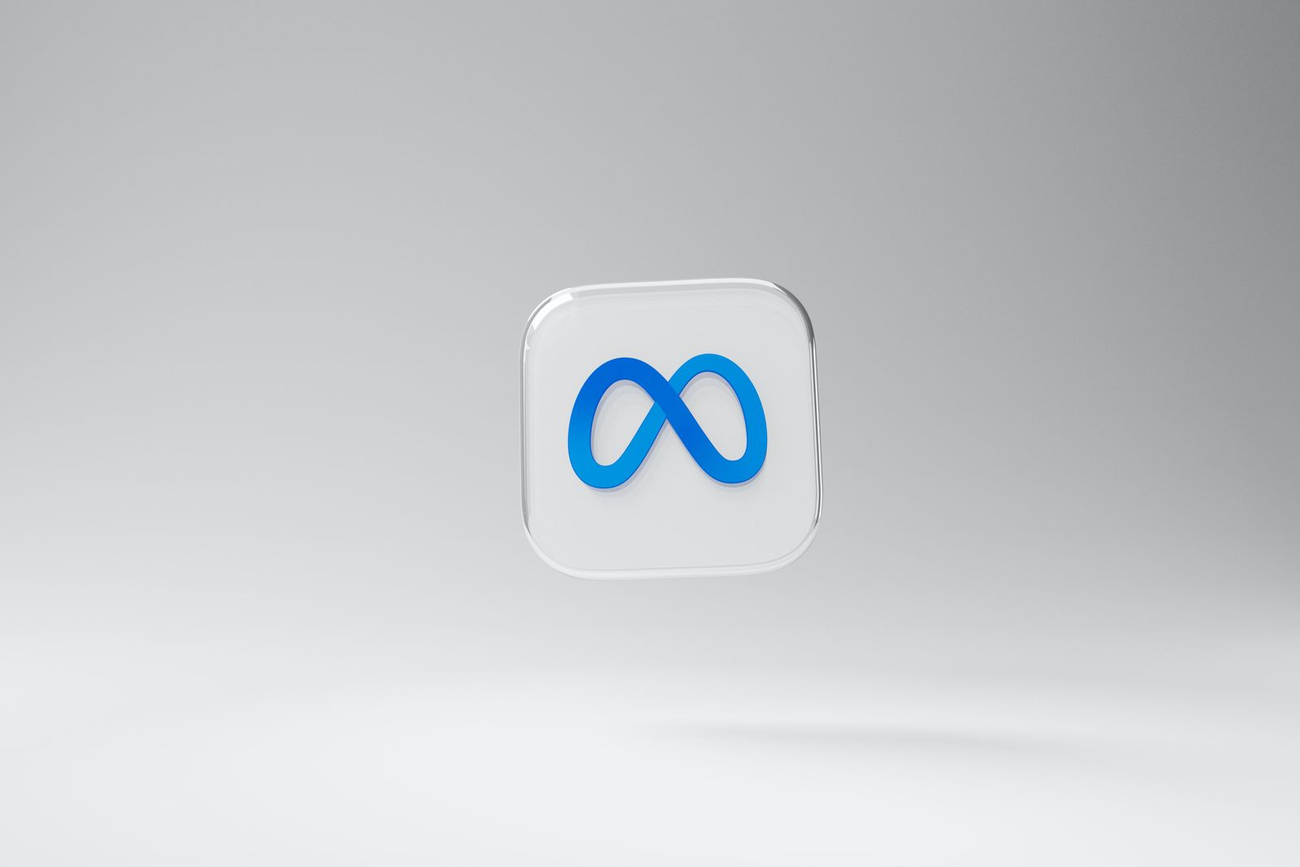Should You Optimize or Redesign?
Thoughts and considerations to help you evaluate your plan of action.

You have identified that your website isn’t fully satisfying the needs of your brand. So now what? Should you keep spending time and energy on your old website, or is that a sunk cost? Should you re-envision from the ground up, or will that drag on forever and ultimately end up in the same place?
These are hard questions. However, there is hope! In our experience working with brands to navigate this decision, we have arrived at some questions and considerations to help you evaluate your plan of action. In the end both approaches are valid and important, but timing is everything. It all starts with understanding what is prompting you to make a change.
Understand the Catalyst
Chances are you have a website, and even if you aren’t selling directly, you have customers engaging on your website, and that engagement leads to transactions. Yet you, your team, or your superiors have decided that this is not meeting your needs or is not in alignment with your future. Why?
Here are some of the common reasons we encounter, and our general recommendations and guidance. Typically more than one of these apply, so don’t worry even if you check off all five! The important part is really getting to the bottom of your reasons, and letting that guide your strategy.
Reason #1: You Aren't Mobile Responsive
The future is now, and we have the internet in our pockets. The reality on this one is that if your traffic isn’t already 50% mobile, it will be, or would be if those showing up on their mobile device weren’t immediately turned off. Get your redesign underway ASAP.
On your way there, it’s important to consider all the other elements that will make your redesign successful; great content, search engine optimization, effective information architecture, and a great user experience. If you start working on these patterns with your current website you can see immediate returns both in the traffic you have now, and in the patterns you build within your team.
Getting different teams involved in optimizing a site as you work towards an RFP can energize everyone, and clarify what works and what doesn’t. This keeps egos in check when it comes to finalizing and launching a new site.
Summary: Redesign is really your best bet.
Reason #2: Grow Web Traffic and Revenue
Investing in your website to grow your business is always a great idea. Simply put, the world is digital, and your customers will evaluate you based on your digital experience. When you are just looking to grow, jumping into a redesign is often premature.
Starting with an optimization phase will let you identify what messages and experiences on your website are working with customers, improve relationships with current customers, increase organic traffic from search engines, and of course get an almost guaranteed low-risk return-on-investment.
You will run into a point where your current infrastructure, content, or technology just won’t be able to be improved (especially if you are not mobile responsive) and a redesign will become necessary. However, the journey to that point will provide tremendous insight that will make your ultimate redesign far more potent and will lower the risk involved.
Summary: Optimization is your path to immediate results.
Reason #3: Brand Change
A brand overhaul almost always is associated with a new website, or at the very least a major website redesign. At some level, any big brand change will require redesigning the look and feel of your website.
Ask yourself, is this an evolution or a revolution?
If this is an evolution, how fundamentally are you changing the experience of your products or services, your communication strategy, and your customer base? If you are adding new verticals or refining your brand, it can often make sense to take a more measured approach by refining the site experience, replacing and updating content, and transitioning older categories or sections into the new brand experience.
Or if this is a revolution, do you have a plan to transition your existing customer base to that new brand? Are you less concerned about your existing customer base and brand? Even if you are ready to ditch your old brand, remember that if it has traffic, those visitors are all potentially customers of your new brand.
Summary: Redesign has to happen, but focus on achieving the mission.
Reason #4: Current Website Is Just Not Sufficient
Sometimes everyone just agrees that your website sucks. Too slow, not mobile responsive, horrible search engine rankings, and impossible to manage. It sounds like a redesign is certainly on your immediate horizon, but remember that the redesign will take time, and will involve risk. As you prepare an RFP or find the right platform, looking for opportunities to optimize during that process can bring great results.
Can you make your current experience more usable on a mobile device? You might have serious technical hurdles, but can you find temporary workarounds to improve speed? Editing content might be terrible, but can you streamline your workflow so that you re-use site features effectively?
Your content might be falling flat, but you will need to figure that out for a redesign anyway, so you might as well experiment a bit, and figure out who on your team has the talent for saying it all in a clear concise statement!
Summary: Redesign, but look for opportunities to improve your site and content along the way.
Reason #5: Technology or Team Change
This is often the most urgent and least flexible of options. You just changed out your digital agency, a key tech team member left, you need to change vendors, or you need to update an integration to a new platform. A redesign and replatform seem inevitable here, and guess what... they are.
However, given the urgency of the moment, it may be advisable to put off the desire to just start from scratch. You have a customer base, an organization, and marketing materials driving to locations on your current site. Look to retain that structure for now.
However, don’t ignore the opportunity to move forward. Mobile responsiveness is a must-have in a new website, but you don’t need to have a custom layout for every experience. This not only takes more design and development time, but also confuses customers. Also look to clarify your content when building a new site with a CMS that stores your products, services, and company with good semantics (i.e. content types, not just page building).
If a redesign or replatform is forced upon you, take it as an opportunity to simplify your web experience and address the most critical failings of your web experience. Then launch into an optimization phase before you do a bigger redesign.
Summary: Redesign is inevitable, but use the opportunity to simplify and clarify.
Define Your Goals
When it comes time to make the call and define the timeline, be sure you have defined your goals. If you feel like your current website is limiting your ability to effectively add content, update products, and drive growth, make sure to evaluate whether a new website will solve this.
Sometimes it starts with building your own organization’s process and culture around generating great website content and harnessing it as a tool to communicate with customers. This can be stimulated with optimization, and ultimately will provide great insight on a redesign.
When in Doubt, Optimize
Redesigns and re-platforms have been a core part of our offering for the last ten years. In that time, we have found the projects that went the best often started with an optimization phase that made the most of the current site as the new site was being envisioned. It not only gave insight that informed the upcoming launch, but also built trust between the teams, and almost always brought immediate returns.
That being said, sometimes you have no choice, or the moment is right, or you feel like you are already optimized, and it is time to do the full deal. The lessons you learn from how your current site performs and making it perform better will greatly improve the chances of success on your redesign. Look for opportunities to transition that knowledge or experience to the team that is doing the redesign, as the lessons learned need to inform the new experience.
In the end, your customers care that you are discoverable on a search engine, that your website works on their device, that your message and content is compelling, that your website looks professional and appropriate to your brand, and that they can easily engage and transact. You will need to periodically do a redesign as website technology changes and your brand changes.
Just remember in between those big efforts that your website is a tool to understand your customers and communicate with them. Continually seek to improve and learn from how they interact so that your brand can reach its full potential.
After all, your website is a reflection of your brand, and is always being updated and evolving, and is never done.






